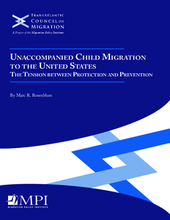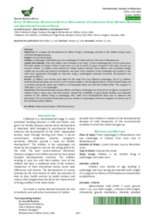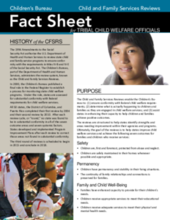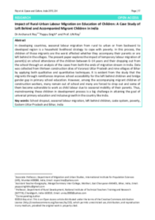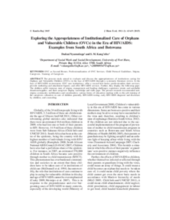Displaying 321 - 330 of 501
This report examines the policy challenge in the United States of balancing protection and immigration enforcement in the recent unaccompanied child migration “crisis” in the US.
In this article, the author, David Graham, draws comparisons between the experiences and needs of youth transitioning out of care in the UK and those of individuals who are formerly incarcerated reintegrating into society.
This study examines the relationship between foster care placement as a predictor of adult substance use disorders (including frequency, severity and type), mental illness, vocational functioning, service use and duration of homelessness among a sample of homeless adults with mental illness.
In this article, the author addresses the topic of child neglect, or allegations thereof, as it relates to children and families in the Child Welfare System in the United States.
The present study employed Interpretative Phenomenological Analysis (IPA) to explore the experiences and meaning of motherhood among teen mothers in foster care in the United States.
This study compares the development of children living in orphanages with that of children living in slums with their biological parents in Odisha, India.
This factsheet looks at whether States in the US are following best practices in regards to the Indian Child Welfare Act, such as notification of Tribes and placement preferences. Findings from the Reviews are presented.
This paper explores the impact of temporary labour migration of parent(s) on school attendance of children between 6–14 years and their dropping out from school through an analysis of cases from both ends of the migration stream in India - children accompanying their migrant parents and children left behind.
This paper calls for creative pathways of engagement that delineate places of belonging for and with Indigenous youth in care.
The present study aimed to evaluate and discuss the appropriateness of institutions caring for Orphans and Vulnerable Children (OVCs) in the face of HIV/AIDS through a systematic literature review.

